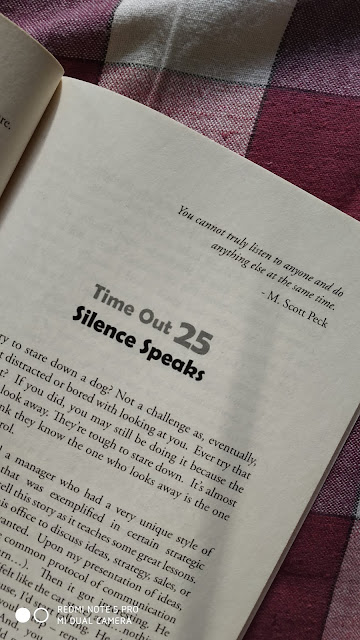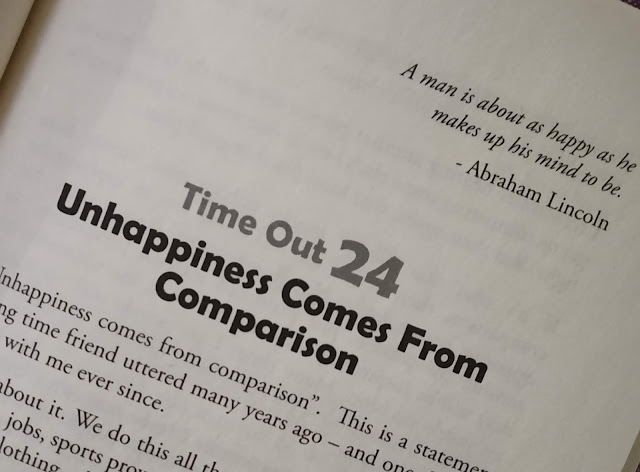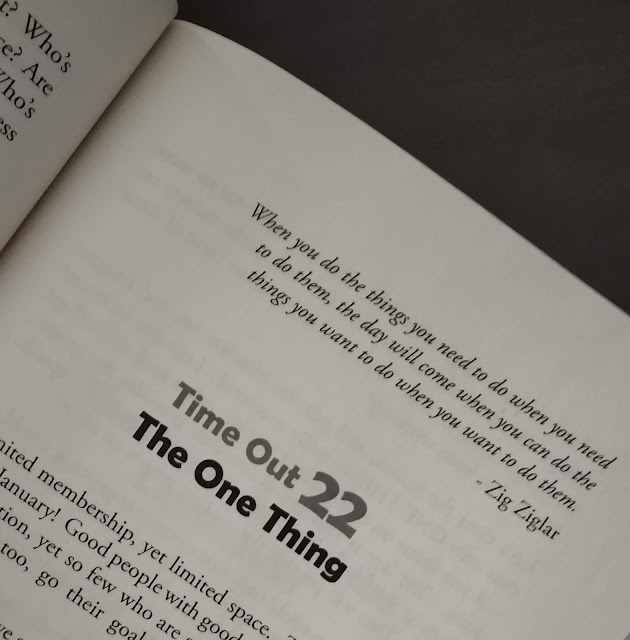Hello, readers🙋 Welcome back to the Bookodidact. Let's get started with the chapter.
25. Silence Speaks
 |
| Book summary of 60 second leadership |
The title seems absurd. Don't let it fool you. It contains profound meaning and it is one of the effective tools in communication.
"Silence is one of the great arts of conversation".
Let us look through the author's point of view with an example.
Year's ago the author had a manager who had a very unique style of communication.
The author would meet in his office to discuss ideas, strategy, sales, etc.
After the presentation of ideas, the author would pause as in common protocol of communication. To simply understand the manager viewpoint. Here it gets interesting.
The manager would simply stare at him and do nothing. The author would again start talking seeming the manager needed some more information.
What would the manager do again?
That's right😉
He would again stare, pause and the author would start talking again.
The cycle would continue. The author would leave the meeting not gained what he wanted or feeling like he lost credibility.
After several engagements. The author decided to change the approach.
The author walked into his office, shared his thoughts and then shut up!
The manager started so does the author. They both were starting each other for a second. After a few seconds, the manager spoke.
The author walked out with his ideas being accepted. He felt more comfortable and more influenced.
What made the manager changed his mind?
Did the author stare him down? 😅
No, the author was mirroring the communication style of the manager.
Was the manager starting him down?🤔
No, he was thinking which translated into focus and silence.
Now, you know the problem😉
Both were communicating in a different style. Most of this miscommunication leads to false interpretation.
The author learned to communicate in a style that worked for both him and the manager.
The author adapted to manager style of communication and gained better communication and influence.
Book Recommendation:- We all know the answer, one if the book that influenced the communication of Warren Buffet. Yes you are right😉
" How to win friends and influence people" - Dale Carnegie
Key Lesson:- In this chapter, the author encourages us to adopt the style of communication that will be more effective to both parties. Great or effective communication will build strong relationships.
While communicating with an individual or people build empathy. Try to keep yourself in their shoes. As Dale Carnegie says- Think from other point of view.
Conclusion:- Great communication helps in building strong relationships.
Try to adapt yourself more to another style of communication for effective conversation.















